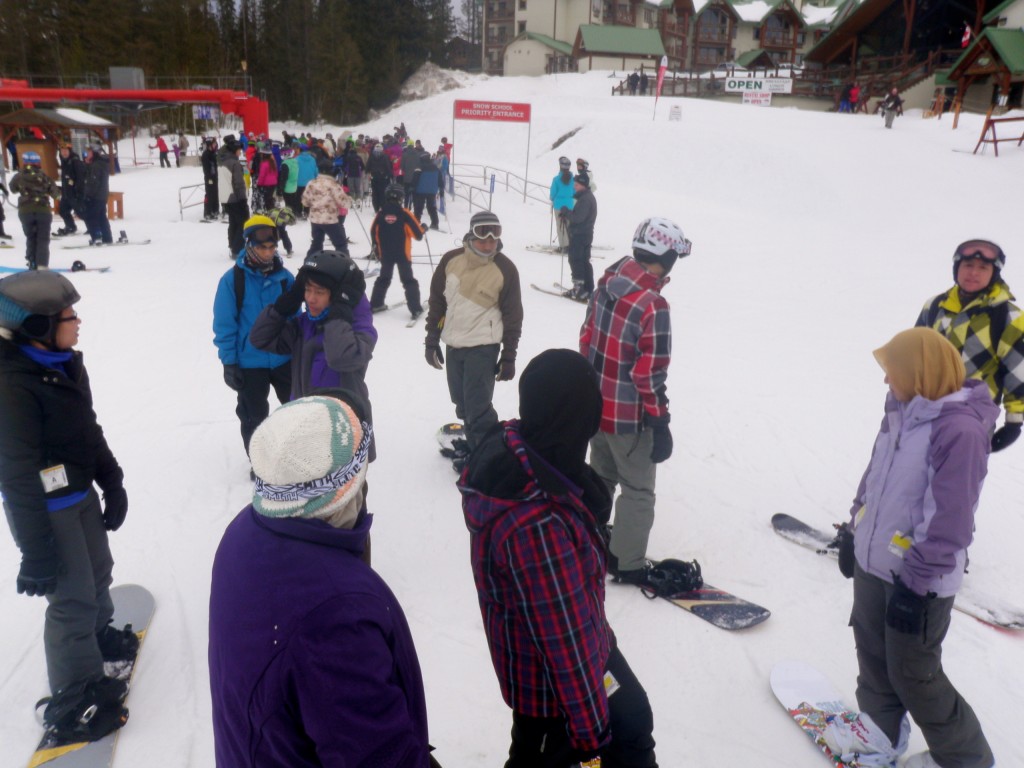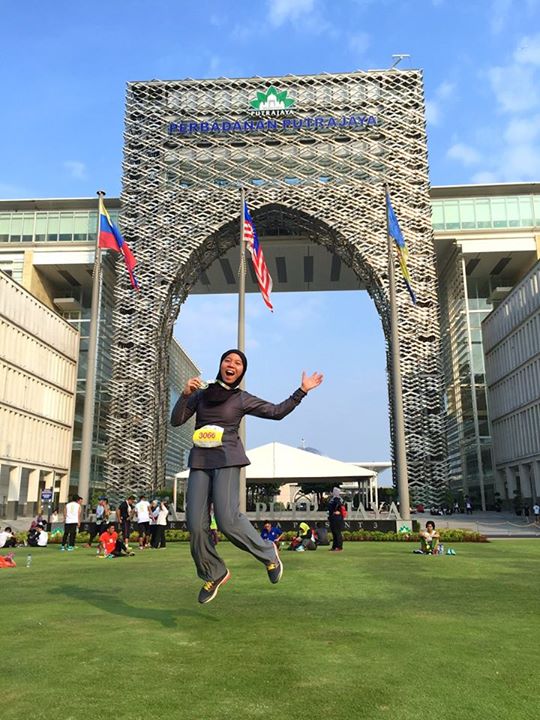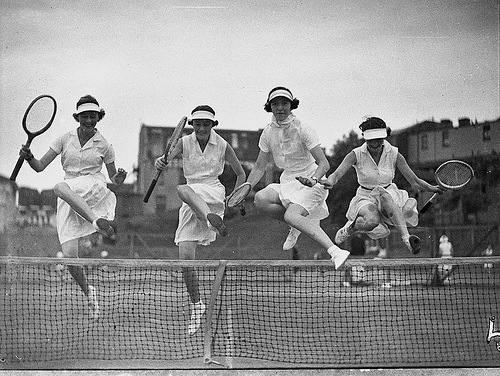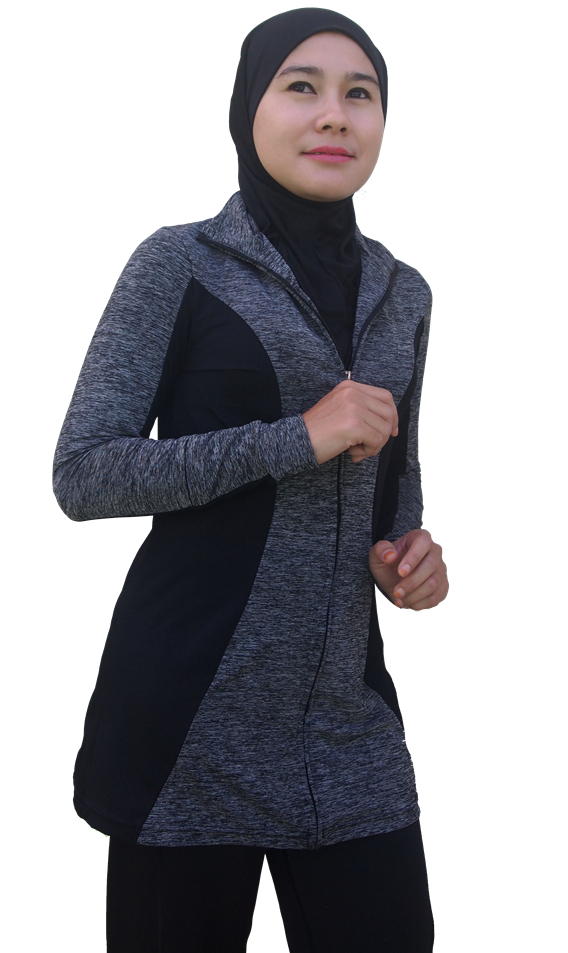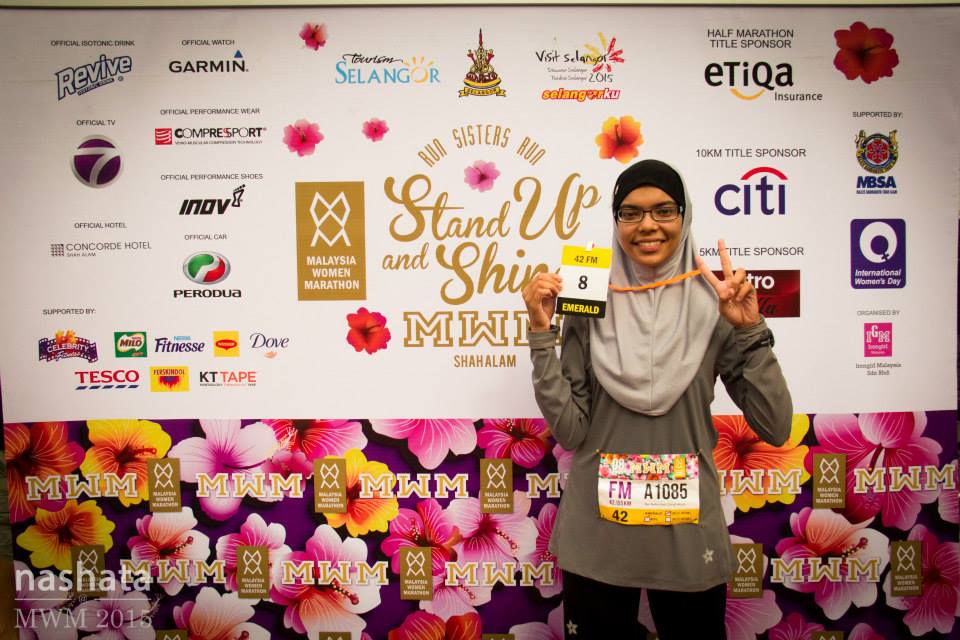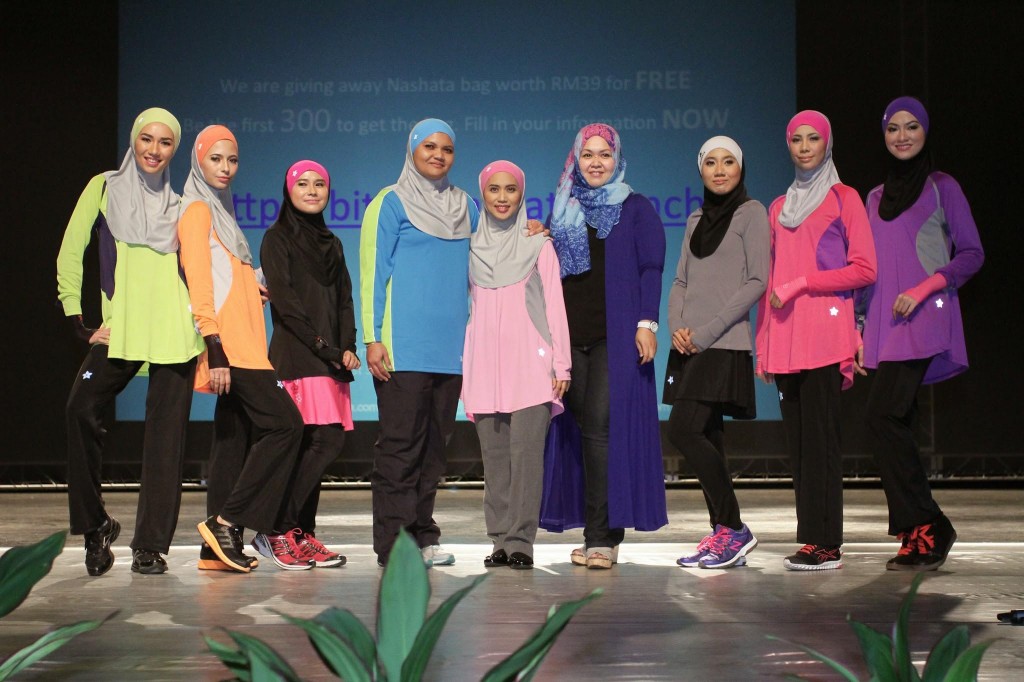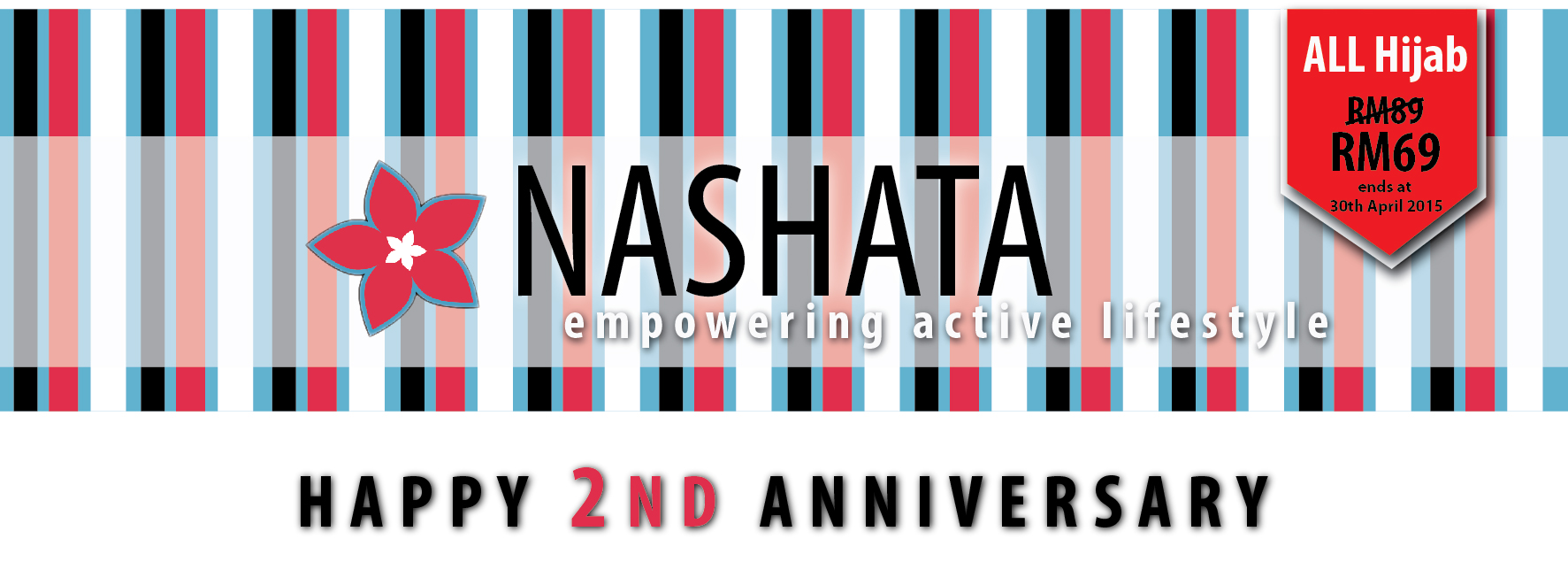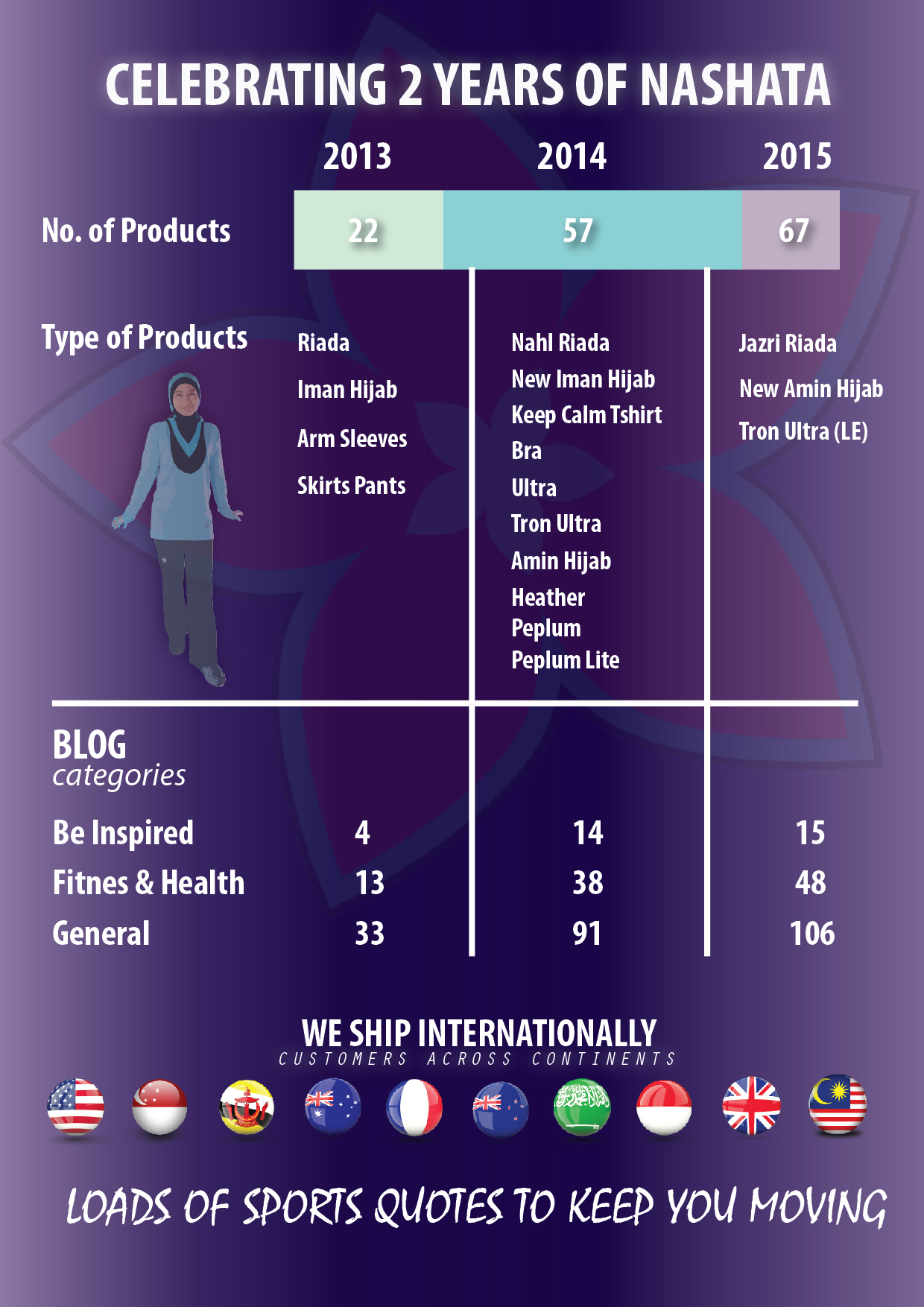Since we worked on our legs last week (and boy did that workout burn!) I figured this week we can counteract that by focusing on our arms. Upper body strength is just as important as a strong lower body. Upper body strength is, in fact, what allows us to perform our everyday activities. It is linked to reduced risk of injury and helps to improve mobility and range of motion. The stronger we keep our upper bodies the more likely we are to maintain health and independence as we age. Besides, who wouldn’t want to have beautifully toned arms!?
For this weeks workout you will just need some dumbbells; it’s better to have a at least two different weight options because some bigger muscle groups such as the back and chest muscles are stronger than other smaller muscle groups like the biceps, triceps and shoulder muscles. This is a circuit-style workout so you will perform each exercise down the list once with little to no rest in between. Once you have completed the entire list you will rest for 30-60 seconds and repeat for a total of 3 times. Let’s get strong ladies!
12 Bent Over Rows
12 Bicep Curls
12 Pushups (drop to knees to modify)
12 Tricep Kickbacks
12 Overhead Press
60 second Plank Hold
Exercise Descriptions & Videos
Bent Over Row – Grab a dumbbell for each hand, keep arms extended downward and face the palms in towards the torso. Bend the knees slightly by hinging at the hips and bring to torso forward until it is almost parallel with the floor. From here lift the dumbbells to your sides, keeping them at the level of the bellybutton. Squeeze the back muscles here and hold for a second, then slowly lower to the starting position.
Bicep Curls – Hold a dumbbell in each hand and stand with feet hips-width apart. Let the arms hang down by the sides with palms facing forward. Contract the abdominal muscles, keep the knees slightly bent, and flex at the elbow to curl both arms forward until they are in front of your shoulders. Hold here for a second and slowly lower down to the starting position.
Pushups – Start in a plank position with hands directly under shoulders and feet hips-width apart. Slowly lower the body down to the ground by flexing at the elbows until the chest just grazes the floor, Hold for a second and slowly extend the elbow to lift back up to the starting position.
Tricep Kickbacks – Hold a dumbbell in each hand and stand with feet hips-width apart. Hinge at the hips until the torso is almost parallel with the floor, keeping a slight bend in the knees.Bend the elbows so the upper arm is parallel with the floor while the forearm is perpendicular to it. This is the starting position. Now straighten the elbows, bringing the forearms back until both arms are completely parallel with the floor. Squeeze the triceps and hold for a second, then slowly bend the elbow to come back to the starting position.
Overhead Shoulder Press – Stand straight with feet hips-width apart and bring dumbbells up up to shoulder height with palms facing forward for the starting position. Now push the weights upward until they touch in the middle overhead, hold for a second, then slowly lower down to starting position.
Plank Hold – Start by getting into a press up position. bend the elbows and rest the weight on top of your forearms, keeping the body a straight line from the shoulders to the ankles. Tighten the core and hold this position for 60 seconds.

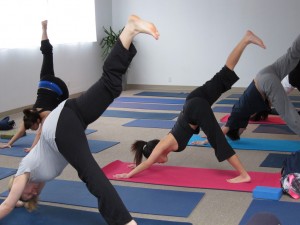
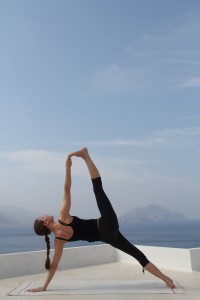
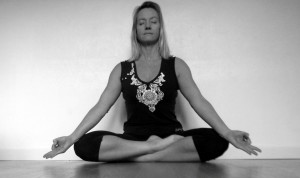
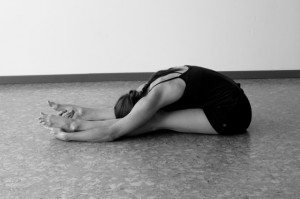
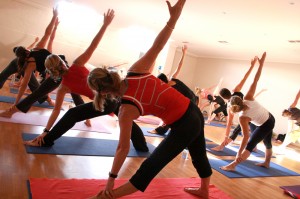
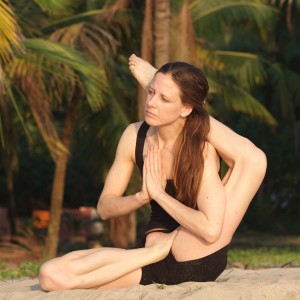
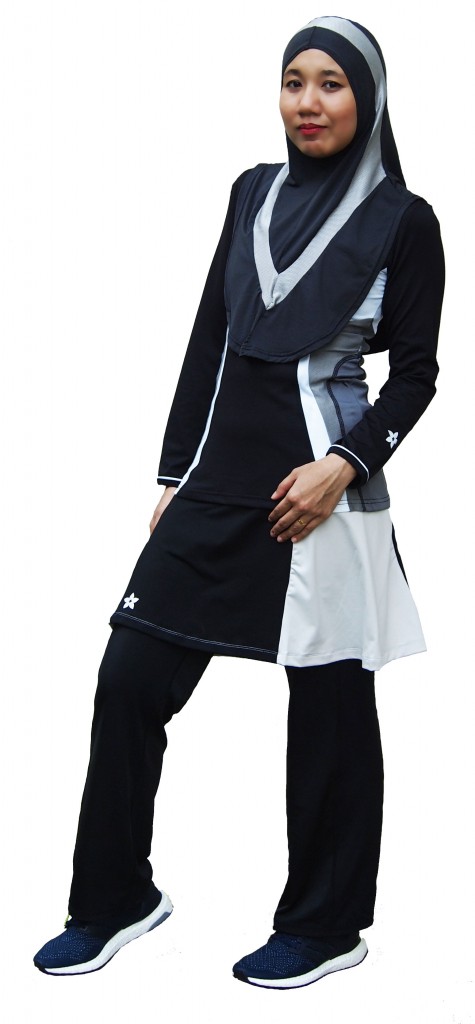
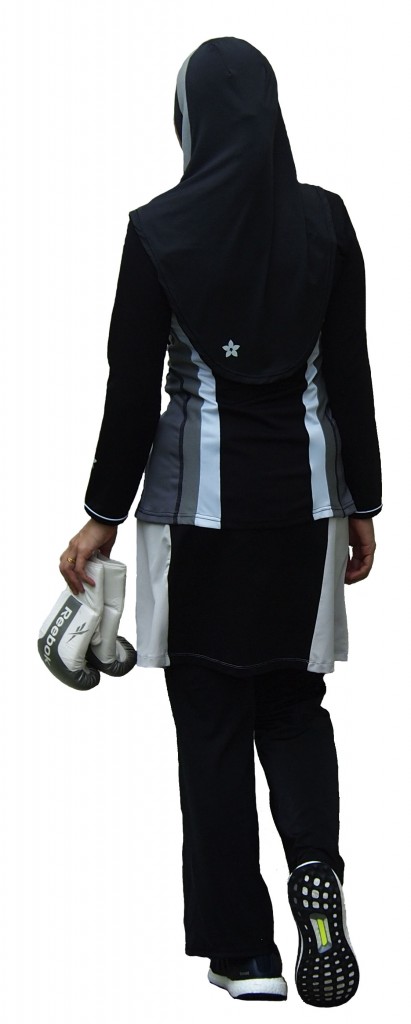

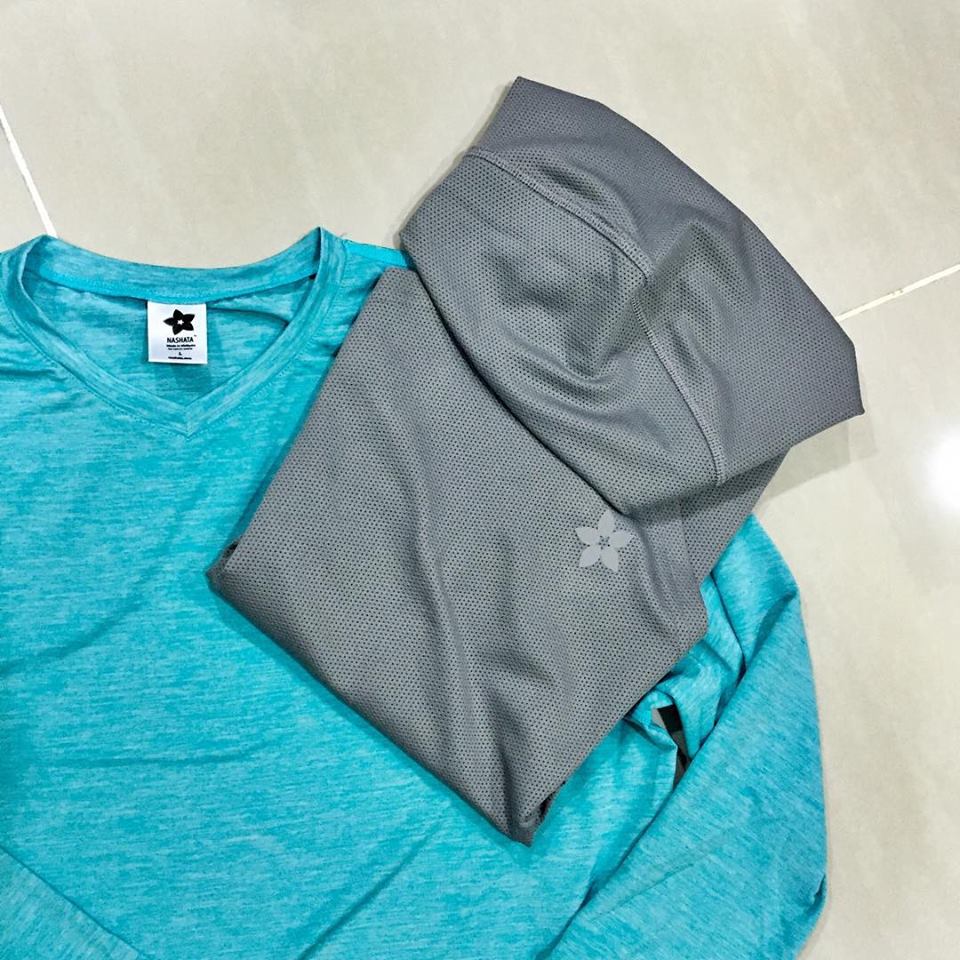

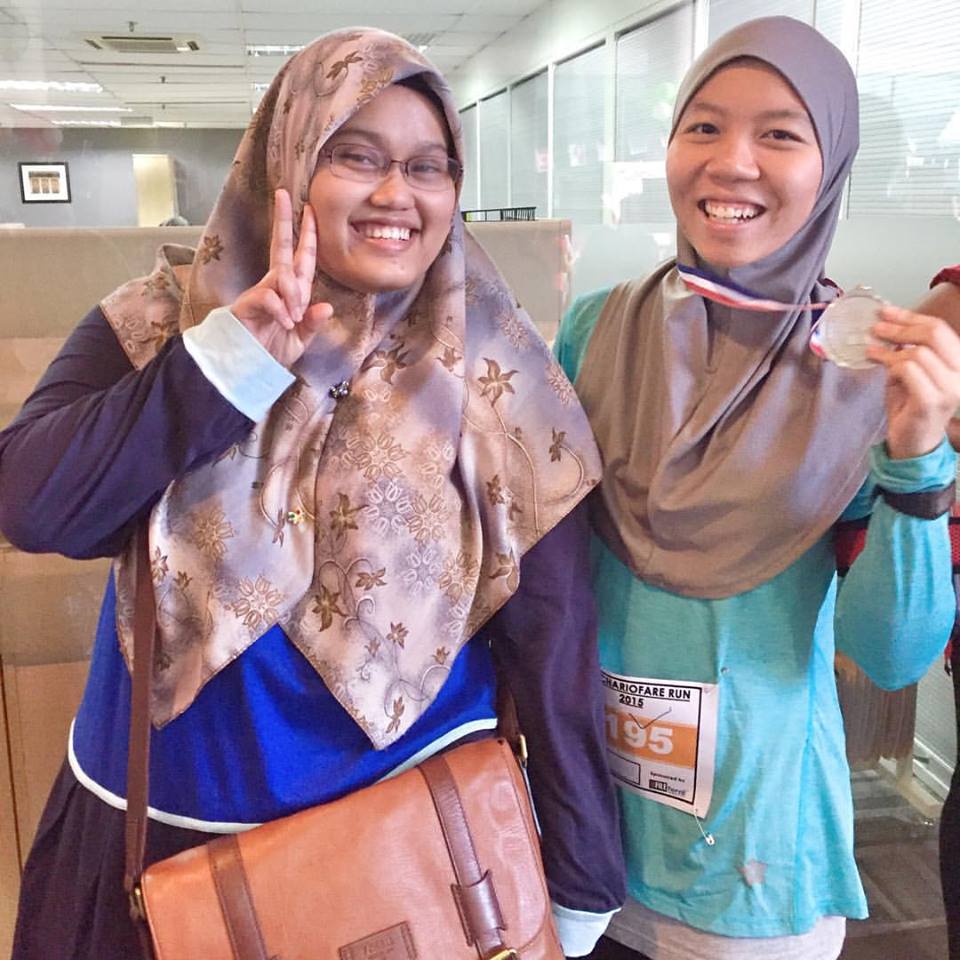


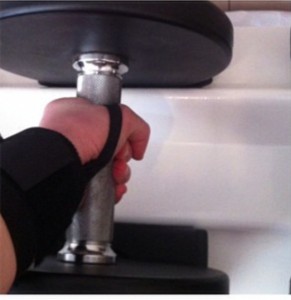 build muscle, strength, or changing their appearance. A twice per week training frequency is when each muscle group is worked twice per week. This is ideal for intermediate and advanced trainees with any type of goal. A three times per week training frequency is when each muscle group is worked three times per week and is ideal for beginners with any type of goal.
build muscle, strength, or changing their appearance. A twice per week training frequency is when each muscle group is worked twice per week. This is ideal for intermediate and advanced trainees with any type of goal. A three times per week training frequency is when each muscle group is worked three times per week and is ideal for beginners with any type of goal. force in quicker time periods. Strong legs help with that extra push, a strong core aids in balance and stability, and upper body strength helps maintain that speed. This was proven in a study done that tested the correlation between explosive strength training and 5-km running time in endurance athletes. In the experiment, 18 endurance athletes trained for 9 weeks. While both groups kept the same training volume, 10 of these subjects trained with simultaneous explosive strength training and endurance training, while the other 8 subjects participated in endurance training only. 5K time was improved in the well-trained endurance athletes who participated in simultaneous explosive strength training and endurance training due to improved neuromuscular characteristics.
force in quicker time periods. Strong legs help with that extra push, a strong core aids in balance and stability, and upper body strength helps maintain that speed. This was proven in a study done that tested the correlation between explosive strength training and 5-km running time in endurance athletes. In the experiment, 18 endurance athletes trained for 9 weeks. While both groups kept the same training volume, 10 of these subjects trained with simultaneous explosive strength training and endurance training, while the other 8 subjects participated in endurance training only. 5K time was improved in the well-trained endurance athletes who participated in simultaneous explosive strength training and endurance training due to improved neuromuscular characteristics.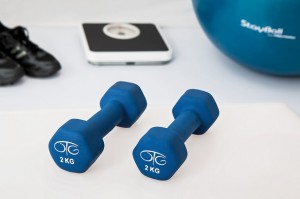 a great way to burn body fat. Now, cardio certainly does burn a significant amount of calories, however, those calories stop burning off as soon as that hour or so of cardio is finished. With strength training, lean muscle mass is built, which aides in the body not only burning calories during periods of exercise, but also while that person is at rest! Clearly, a body with more lean muscle and less fat is going to be lighter, aiding in speed and also in better body composition.
a great way to burn body fat. Now, cardio certainly does burn a significant amount of calories, however, those calories stop burning off as soon as that hour or so of cardio is finished. With strength training, lean muscle mass is built, which aides in the body not only burning calories during periods of exercise, but also while that person is at rest! Clearly, a body with more lean muscle and less fat is going to be lighter, aiding in speed and also in better body composition.
